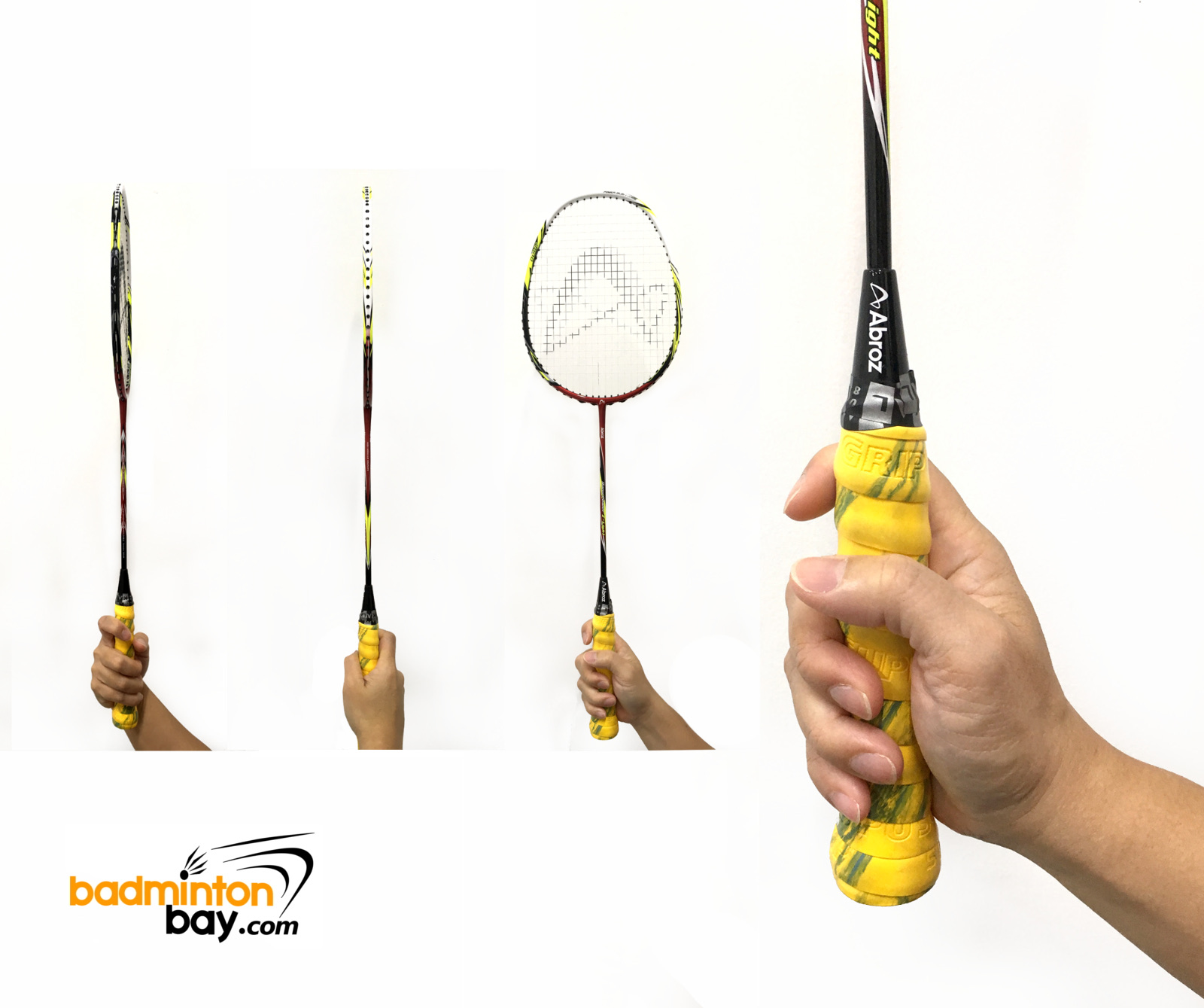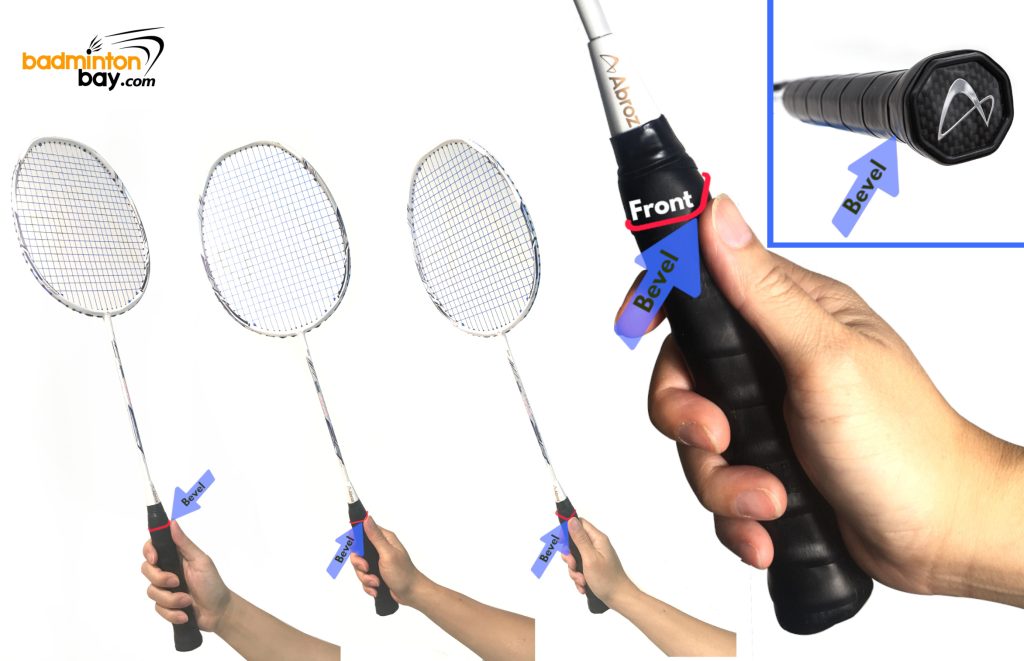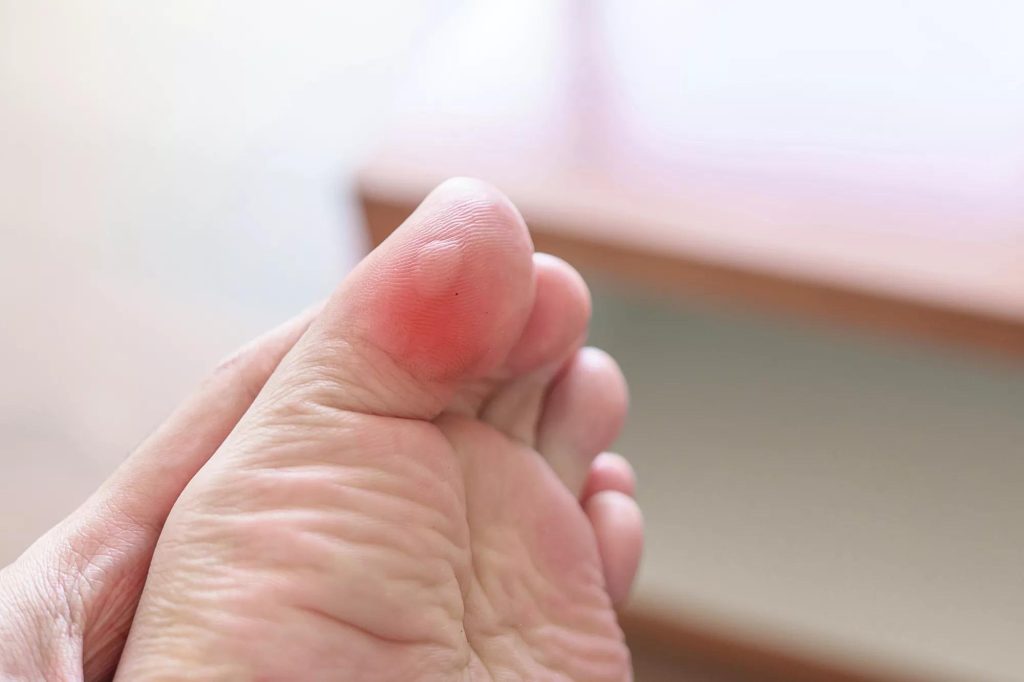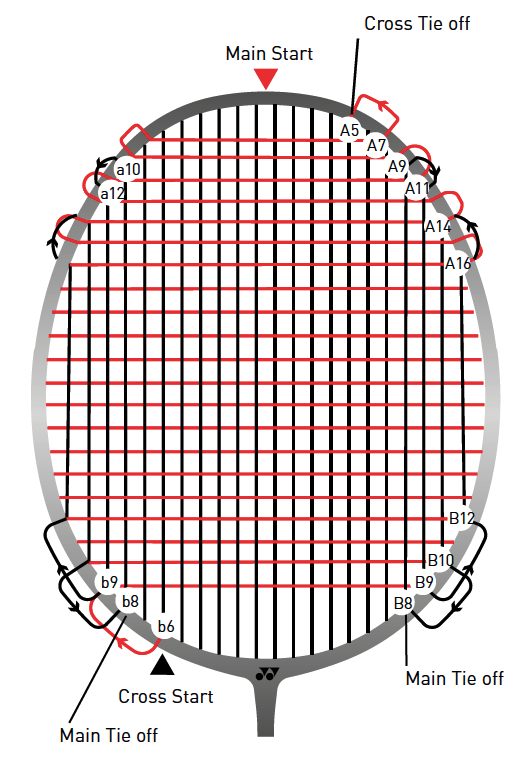Gripping a badminton racket correctly is crucial for playing well. It affects your control and power.
Badminton is a sport loved by many. Whether you’re a beginner or seasoned player, gripping your racket the right way can make a big difference. A proper grip ensures better control, power, and precision. It can also help prevent injuries and improve your overall gameplay.
In this guide, you will learn how to hold your racket correctly. This will help you play better and enjoy the game more.
Choosing The Right Racket
Choosing the right badminton racket can significantly impact your performance. A well-suited racket allows for better control and power. Let’s explore the key factors in selecting the perfect racket for your game.
Weight And Balance
The weight of your racket affects your gameplay. A lighter racket is easier to handle and ideal for quick shots. It allows for better control and less strain on your arm.
Heavier rackets provide more power but can be harder to maneuver. Balance is equally important. Head-heavy rackets give more power, while head-light rackets offer better control and speed. Choose based on your playing style.
Grip Size
Grip size matters for comfort and control. A smaller grip allows for more wrist action, suitable for players who use a lot of wrist movement.
A larger grip provides a firmer hold, reducing the risk of the racket slipping. It is crucial to try different grip sizes to find what feels best in your hand. Ensuring the right grip size helps you maintain a firm and comfortable hold during play.

Credit: m.youtube.com
Types Of Grips
Understanding the different types of badminton grips is crucial for every player. Each grip serves a unique purpose and mastering them can significantly improve your game. Let’s explore the key grips you need to know.
Forehand Grip
The forehand grip is one of the most common grips in badminton. It is used for forehand shots, which are played with the front of the hand facing the shuttlecock.
To hold the racket in a forehand grip:
- Place the racket handle in your palm.
- Hold it as if you are shaking hands with the racket.
- Ensure your thumb rests comfortably on the side of the handle.
This grip provides stability and allows for powerful shots.
Backhand Grip
The backhand grip is essential for executing backhand shots. These are shots where the back of the hand faces the shuttlecock.
To achieve the backhand grip:
- Turn the racket so that the thumb is at the back of the handle.
- Hold the handle with the thumb resting against the wider surface.
- The fingers should wrap around the handle comfortably.
This grip enables better control and precision for backhand shots.
Panhandle Grip
The panhandle grip is used for shots that require a lot of wrist action. It is commonly used for net kills and quick reflex shots.
To hold the racket in a panhandle grip:
- Hold the racket with the handle facing up.
- Place your thumb and index finger on opposite flat sides of the handle.
- Ensure the racket face is perpendicular to the floor.
This grip offers excellent maneuverability for fast and precise shots.
Basic Grip Techniques
Understanding the basic grip techniques in badminton is crucial for improving your game. A proper grip provides better control and power. Let’s explore the essential components of gripping a badminton racket.
Proper Hand Placement
Proper hand placement is the foundation of a good grip. Hold the racket with a relaxed hand. Imagine shaking hands with the racket. Your fingers should wrap around the handle naturally.
| Steps | Description |
|---|---|
| 1 | Place the racket handle in your palm. |
| 2 | Wrap your fingers around the handle. |
| 3 | Ensure your thumb is on the wider side of the grip. |
Thumb Position
The thumb position is critical for a firm grip. Place your thumb on the wider side of the grip. This position provides stability and control.
- Forehand Grip: The thumb should rest comfortably against the handle.
- Backhand Grip: Move your thumb slightly up and press it against the back of the handle.
- Hold the racket with a relaxed grip.
- Position your thumb correctly for each grip type.
- Adjust your grip based on the stroke you are playing.
Remember, a proper grip can make a significant difference in your game. Keep practicing these techniques to enhance your performance.
Advanced Grip Techniques
Advanced grip techniques in badminton can elevate your game. They offer better control and versatility. These grips are for players who want to go beyond basic skills. They require practice and a keen understanding of the sport.
Switching Grips Mid-game
Switching grips during a match can confuse your opponent. It allows quick adjustments to different shots. For example, switch from a forehand to a backhand grip. This makes it easier to return a fast shuttlecock. Practice this technique to improve your reaction time. Always keep your grip loose but firm.
Deception Grips
Deception grips can trick your opponent. They make your shots unpredictable. Use a slight twist of the wrist to change the shuttlecock’s direction. This grip needs precision and timing. Practice it to create unexpected angles. It keeps your opponent guessing and off-balance.
Common Grip Mistakes
Gripping your badminton racket correctly can change your game. Many players make common grip mistakes. These mistakes can limit your skills and cause injuries. Let’s explore some of these mistakes.
Overgripping
Overgripping is a common issue. Holding the racket too tightly can cause tension in your hand and arm. This tension reduces your flexibility and control. It can also lead to fatigue quickly. Relax your grip. Hold the racket firmly but not too tight.
Incorrect Thumb Placement
Thumb placement is critical in badminton. Placing your thumb on the wrong part of the grip can affect your shots. It can reduce the power and direction of your hits. Position your thumb along the wider side of the grip. This placement offers better control and power.
Grip Maintenance
Maintaining your badminton racket grip is crucial for optimal performance. A well-maintained grip ensures better control and comfort during play. This section discusses how to keep your grip in top condition by focusing on replacing grips and using grip tapes.
Replacing Grips
Over time, the grip on your badminton racket wears out. This can affect your hold and performance. Here’s a simple guide to replace your grip:
- Remove the old grip: Carefully peel off the old grip from the handle. Dispose of it properly.
- Clean the handle: Use a dry cloth to remove any residue. This ensures the new grip sticks well.
- Apply the new grip: Start at the base of the handle. Wrap the grip tightly around the handle. Overlap each layer slightly for a secure fit.
- Secure the end: Use finishing tape to secure the end of the grip. Make sure it is tight and neat.
Grip Tapes
Grip tapes can extend the life of your grip and provide extra comfort. They are an excellent option for players who sweat a lot or need extra cushioning. Here’s how to use grip tapes effectively:
| Step | Description |
|---|---|
| 1 | Choose the right tape: Select a tape that matches your needs. Options include cushion tapes, towel tapes, and overgrips. |
| 2 | Wrap the tape: Start at the top or bottom of the grip. Wrap it tightly around the handle. Overlap each layer slightly. |
| 3 | Secure the tape: Use finishing tape or the provided adhesive to secure the end. Ensure it is tight and smooth. |
Regular maintenance of your badminton racket grip is essential. It helps you maintain control and comfort during your game. Whether you’re replacing your grip or using grip tapes, these steps will help you keep your racket in the best condition.
Practice Drills For Grip Improvement
Improving your badminton grip is essential for better control and power. Practice drills can help enhance your grip technique. Consistent practice ensures your grip remains firm and flexible during play. Below are some effective practice drills for grip improvement.
Shadow Gripping
Shadow gripping involves practicing your grip without a shuttlecock. Hold the racket as if you are about to hit. Swing the racket, ensuring your grip stays correct. Focus on your hand placement and finger positioning. Repeat this motion several times daily. It helps build muscle memory and grip strength.
Grip Change Exercises
Grip change exercises are crucial for adapting to different shots. Start with the basic forehand grip. Then switch to the backhand grip quickly. Practice this transition without a shuttlecock. Increase speed gradually as you become more comfortable. These exercises make your grip more versatile and responsive.

Credit: www.youtube.com
Impact Of Grip On Game Performance
The way you grip your badminton racket greatly affects your game. A proper grip can enhance your shot accuracy and prevent injuries. Let’s look at how grip impacts these key areas of badminton performance.
Shot Accuracy
A good grip ensures that your racket moves in the desired direction. This control is crucial for precision. With a firm but relaxed grip, you can direct the shuttlecock exactly where you want it to go.
There are different grips for various shots:
- Forehand Grip: Ideal for forehand shots.
- Backhand Grip: Best for backhand shots.
- Universal Grip: Useful for quick transitions.
Switching between these grips smoothly can significantly improve your accuracy.
Injury Prevention
A proper grip can help in preventing injuries. Holding the racket too tightly can strain your wrist and forearm. On the other hand, a loose grip can lead to a lack of control, causing mishits and awkward shots.
Here are some tips to avoid injuries:
- Maintain a relaxed grip.
- Switch grips according to the shot.
- Avoid excessive wrist movements.
By following these tips, you can play comfortably and reduce the risk of injuries.

Credit: blog.badmintonbay.com
Frequently Asked Questions
How Do You Hold A Badminton Racket Correctly?
Hold the racket with a relaxed grip. Ensure the V-shape between your thumb and index finger points towards the racket head.
What Is The Basic Grip In Badminton?
The basic grip in badminton is the forehand grip. It is similar to a handshake grip.
How Tight Should You Grip A Badminton Racket?
Your grip should be firm but not too tight. A relaxed grip allows for better flexibility and control.
What Is The Difference Between Forehand And Backhand Grip?
The forehand grip faces the palm towards the shuttlecock. The backhand grip turns the hand slightly inward for better control.
Conclusion
Mastering the grip on your badminton racket boosts your game. Proper grip ensures control and power. Practice each technique regularly. Notice improvements in your shots and overall play. Remember, consistency is key. Keep adjusting and refining your grip. Enjoy the game and watch your skills grow.
Happy playing!



